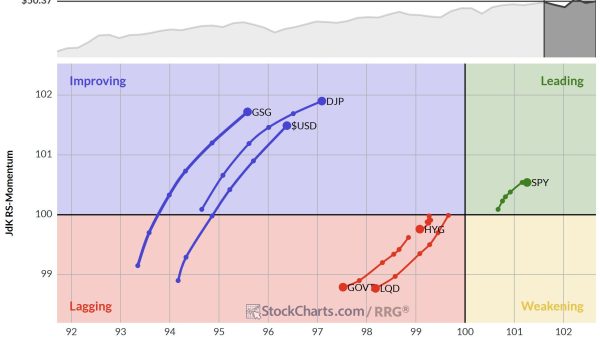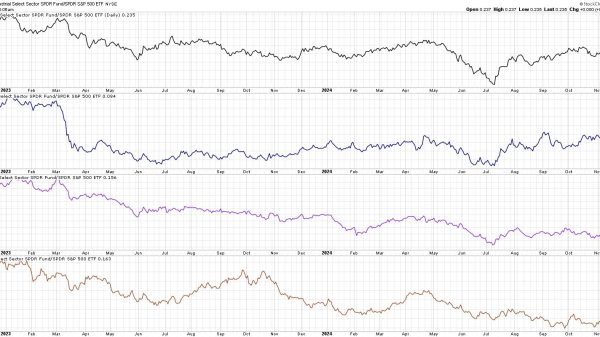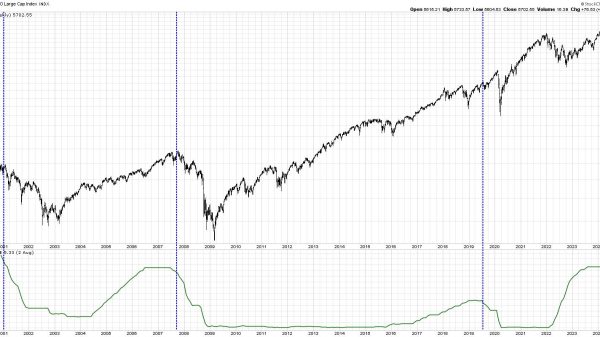
New numbers from the Census Bureau’s mini-census, the American Community Survey (ACS), show that the immigrant population is increasing but is still below the Census Bureau’s projections made in 2017 (the year the Trump administration started to radically alter the course of immigration for four years). The ACS is the largest survey of the US population, allowing it to report the most accurate assessment of demographic trends in the United States. The new numbers show:
- The share of the US population who are immigrants—legal and illegal—rose just 0.4 percentage points, from 13.9 percent to 14.3 percent from July 2022 to July 2023;
- the total immigrant population increased by 1.6 million, the largest single-year increase since 2006;
- from July 2020 to July 2023, the immigrant population increased just 3 million—less than 1 percent of the US population;
- despite the increase, the number of immigrants in 2023 was 1 million lower than what the Census Bureau projected in 2017 would be the case today;
- over the last decade, the US has seen the slowest growth in the immigrant share since the 1960s; and
- the immigrant share is growing slowly and still below its record high in 1890, even though the US is currently experiencing the slowest total population growth in its history.
- Without high rates of immigration going forward, the US population will significantly decline.
Figure 1 graphs the total immigrant population from 2000 to 2023 (years 2001-03 aren’t available from the American Community Survey). It shows that the actual immigrant population was about 47.8 million, compared to the Census Bureau’s 2017 projection of 48.8 million—down 1 million people. The Census Bureau estimated that the number of immigrants would increase by 4.3 million from July 2017 to July 2023 but it increased by just 3.3 million.
Immigrant population growth was below expectations every year until 2022, when it exceeded the Census Bureau’s projection for the first time. Note that the Census Bureau ACS data include illegal immigrants. From 2020 to 2023, the immigrant population increased by only 3 million.
Figure 2 shows the immigrant share of the US population from 2000 to 2022, as of July 1 of each year. The share increased by 1.5 percentage points from 2000 to 2007 before dipping in 2008 through 2009 as the housing bubble burst and employment fell. The share then rose again by 1.2 percentage points to 13.7 percent in 2017 before plateauing during the Trump years (note that 2020 ACS data used experimental weights due to the COVID-19 pandemic and are not comparable). Under President Biden, the immigrant share rose again to 14.3 percent. The Census Bureau in 2017 projected that by 2023, 14.4 percent of the US population would be immigrants.
This failure to meet projections resulted from declining immigration growth rates from Asia and Africa. European immigrants declined in absolute numbers from 2011 to 2017, while they held steady from 2017 to 2023. Asian immigrant population growth was 1.6 million lower in the more recent period than in the earlier period. African immigrant population growth fell by about 134,000. Latin American immigrants grew much faster from 2017 to 2023 than they did from 2011 to 2017. The slowdown in Latin American immigration in the 2010s is noticeable in Figure 3.
The broader historical perspective is key as well. Figure 4 shows the immigrant share of the US population at the start of each decade going back to 1820. The increase in the immigrant share of the population from 2013 to 2023 was the lowest for any decade since the 1960s when it declined. The 2013–2023 growth was just 1.1 percentage points, about half the growth from 2000 to 2010. The growth in the immigrant share is down by 65 percent since the 1990s. In a global context, the United States still ranks in the bottom third of wealthy countries for its immigrant population share.
Surprisingly, the immigrant share is still below its all-time high despite the US-born population growing so slowly, which means that the same amount of immigration will cause a larger increase in the immigrant share of the population. The US-born population growth has declined 84 percent from its historic high in the 1820s. It is only a matter of time before the US-born population growth rate turns negative.
The Census Bureau has also projected how immigration levels will affect future US population growth, accounting for the immigrants’ children and grandchildren. Its projections show that the United States will confront population decline in the coming decades without “high levels” of immigration every year going forward. Without any immigration, the population would quickly start to decline in the 2030s.
Hopefully, the higher rates of immigration in 2023 will continue because slower population growth creates a litany of economic challenges for the United States, as I explained in my testimony before the US Senate Budget Committee. Right now, America’s politicians seem far more concerned with the supposedly unsustainable increases in immigration than the massive worker shortage, the collapse in the worker-to-retiree ratio, and the catastrophic loss of skilled workers from the United States to China and other countries.
America needs people both in the short and long term, and it needs workers of all skill types. Immigrants can help, and they should be allowed to do so legally.
This post is an update of my post on the same topic last year.
























